Description
Introduction
Brief Explanation of the Term “Pigging Pigs”
“Pig” might sound a little strange, especially since it has nothing to do with a real pig. In the world of pipeline maintenance, it has a very different and critical importance. These “pipe cleaners” are devices that are inserted into pipes to perform various maintenance tasks, such as cleaning, inspecting, and even separating different products in the same pipe. The process of using these devices is called “pigging.”
Importance of Pipeline Maintenance
In industries that rely heavily on pipelines, such as oil and gas, chemical processing, and food and beverage, maintaining pipelines is an essential task. These pipelines are like the blood vessels of these industries, transporting raw materials, intermediates and finished products from one place to another. Over time, the inner walls of these pipes can become covered with sediment such as sludge, rust or other debris. These accumulations can lead to reduced operational efficiency, blockage and corrosion, which can lead to significant economic losses and safety issues. Therefore, regular cleaning and inspection of pipes is essential to ensure the smooth operation of these industries. This is where “pig pigs” come into play, playing a vital role in keeping pipes healthy and efficient.
History of Pipe Pigging
Origin of the Term “Pigging”
The term “pigging” originated in the early days of pipe cleaning. When a cleaning pig is transported through a pipe, it emits a squeal similar to that of a pig. Hence the name “pigging”. The original “pigs” were little more than bundles of straw or rags to help clear obstructions.
Evolution of Pigging Technology
Pigging technology has changed significantly over the years. While early pig sets were rudimentary, today’s pig sets are complex devices made of durable materials that can perform a variety of tasks, from cleaning and inspecting pipes to separating different types of fluids. Advances in technology have made it possible to use pig in pipelines of different sizes and complexity, greatly improving the efficiency of pipeline maintenance and operation.
The Cleaning Process: A Closer Look
How Pigging Pigs Clean Pipelines
The pigging pig or pipe inspection instrument is a very important part of the pipe cleaning process. These devices are inserted into access points in the pipeline, also known as pig emitters. Once started, they pass through the pipe, powered by the pressure transmitted by the product. As they move, they scrape and brush away any debris or sediment that has accumulated on the inner walls of the pipes, such as rust, sludge or scale. Depending on the pig design, some people may also use water or other liquid jets to aid the cleaning process. The pig collects the debris and delivers it along the pipe to the receiving end, the pig receiving end, where the debris is removed.
Role of the Cleaning Cups
Cleaning cups are usually made of flexible materials. As the pig moves through the pipe, they can maintain contact with the pipe wall. This ensures thorough cleaning. Their material can be adjusted according to changes in pipe diameter and bends. The cleaning cup acts like a scraper, removing debris from the pipe walls and helping the pig pass through the pipe. In some designs, the cleaning cup can also provide a seal between different products in the pipe, preventing cross-contamination. Their versatility and effectiveness make cleaning cups an important part of the pipeline pigging process.
Applications of Pigging Pigs
Use in the Oil and Gas Industry
In the oil and gas industry, pig cleaners are used to clean pipelines, remove buildup, maintain flow efficiency, and reduce the risk of clogging and corrosion.
Use in the Chemical Processing Industry
In the chemical processing industry, these pigs are used to ensure the cleanliness of pipelines, prevent cross-contamination of chemicals, and promote the safety and efficiency of chemical processes.
Use in Other Industries
Reddish-brown pipe cleaning cleaners are also used in various other industries, such as the food and beverage industry, where they help maintain hygiene by cleaning pipes, and the water treatment industry, where they help maintain the efficiency of water flow.
Frequently Asked Questions about Pigging Pigs
What is the service life of the pipeline pigging pigs?
Our pipe cleaners typically have a service life of one year. However, certain products, such as white naked foam pigs, can last longer if covered with a layer of plastic. Some products can be used indefinitely if they are not damaged or corroded.
How often should pipes be cleaned?
The frequency of cleaning depends on several factors such as the type of material being transported and the condition of the pipe. Regular inspections help determine the frequency of cleaning.
How do I insert and remove a pigging pig from a pipe?
The pipe cleaning pig is inserted and removed through the specified pig transmitter and pig receiver, respectively.
Can pipe cleaners be used on any type of pipe?
While pipe cleaning cleaners can be used for many types of pipes, they may not be suitable for all types of pipes, especially those with complex geometry or small diameters. The appropriate pig should be selected according to the pipe specification.
How does the size and shape of the pipe affect the effectiveness of the pig?
The size and shape of the pipe greatly affect the effectiveness of the pig. The pig must be properly installed to effectively clean the pipe. If they are too big or too small, they are less effective. The shape of the pipe can also limit the movement of the pig and affect the cleaning process.
Conclusion
Pigging Pigs play a key role in an industry that relies heavily on pipelines. From the oil and gas industry to the food and beverage industry, these devices ensure operational efficiency and safety by performing basic maintenance tasks such as cleaning, inspection, and separation of different products in the same pipeline.
As technology advances and pig effectiveness and versatility continue to improve, pipeline maintenance in the future will be more efficient and reliable. The continuous development of pigging technology will undoubtedly further improve the operational efficiency of pipe-dependent industries, making pigging an indispensable process in the coming years.

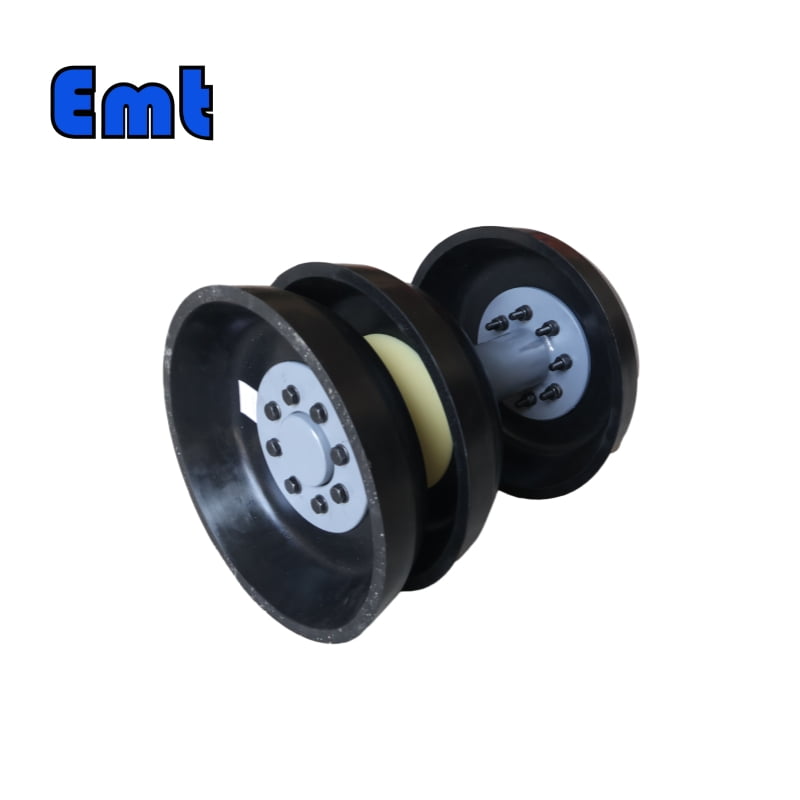
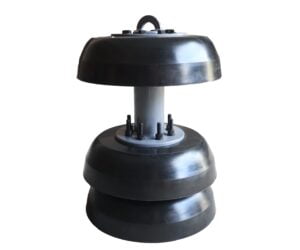
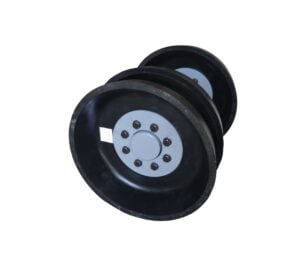
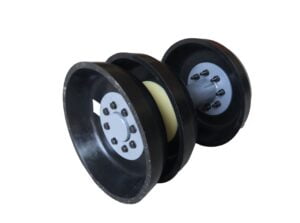
.jpg)
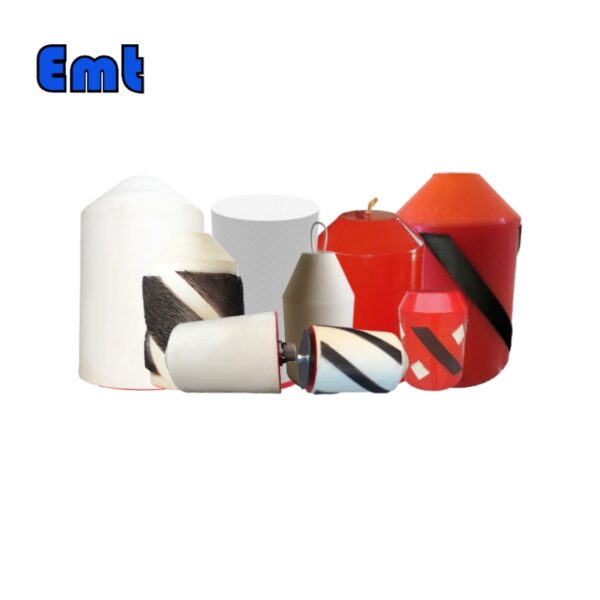
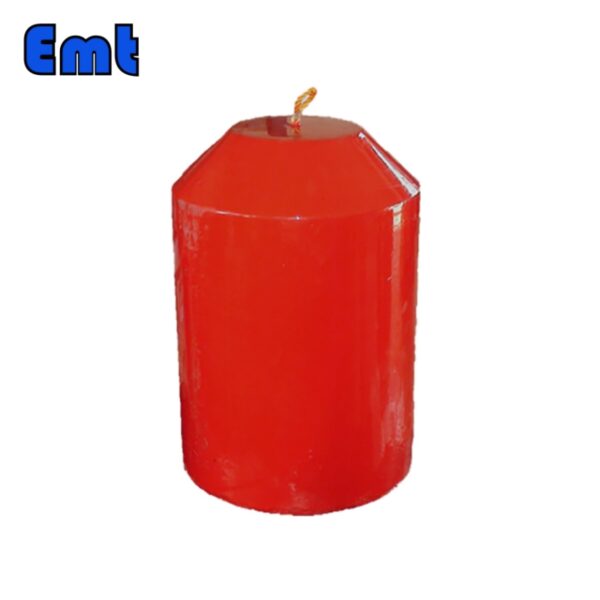
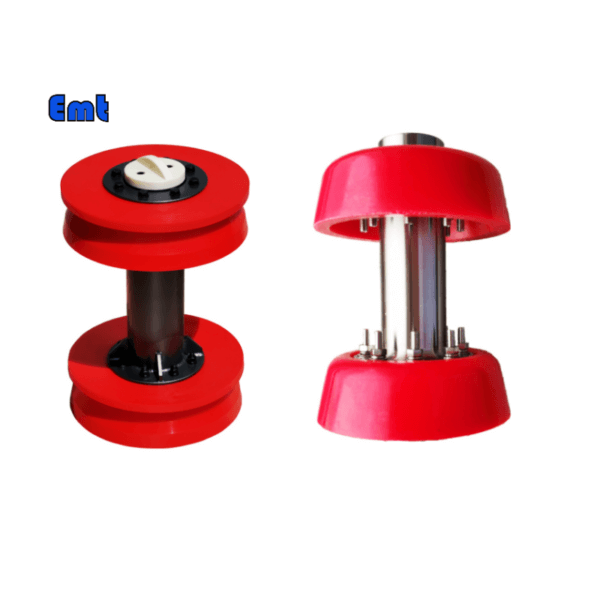
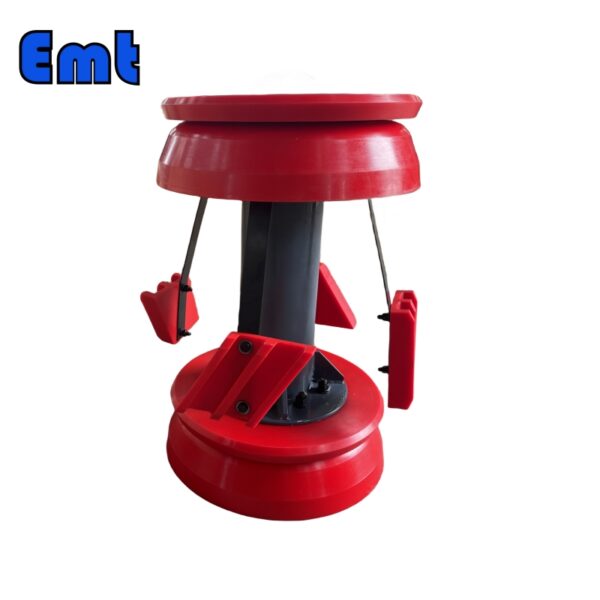
Reviews
There are no reviews yet.